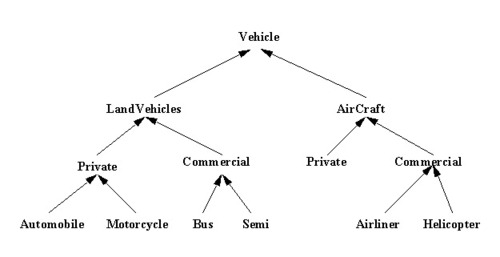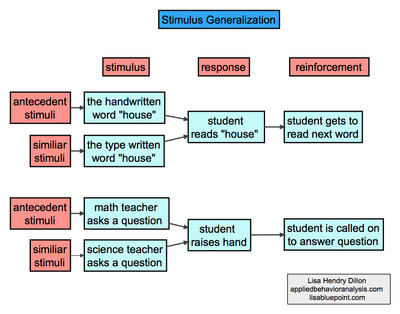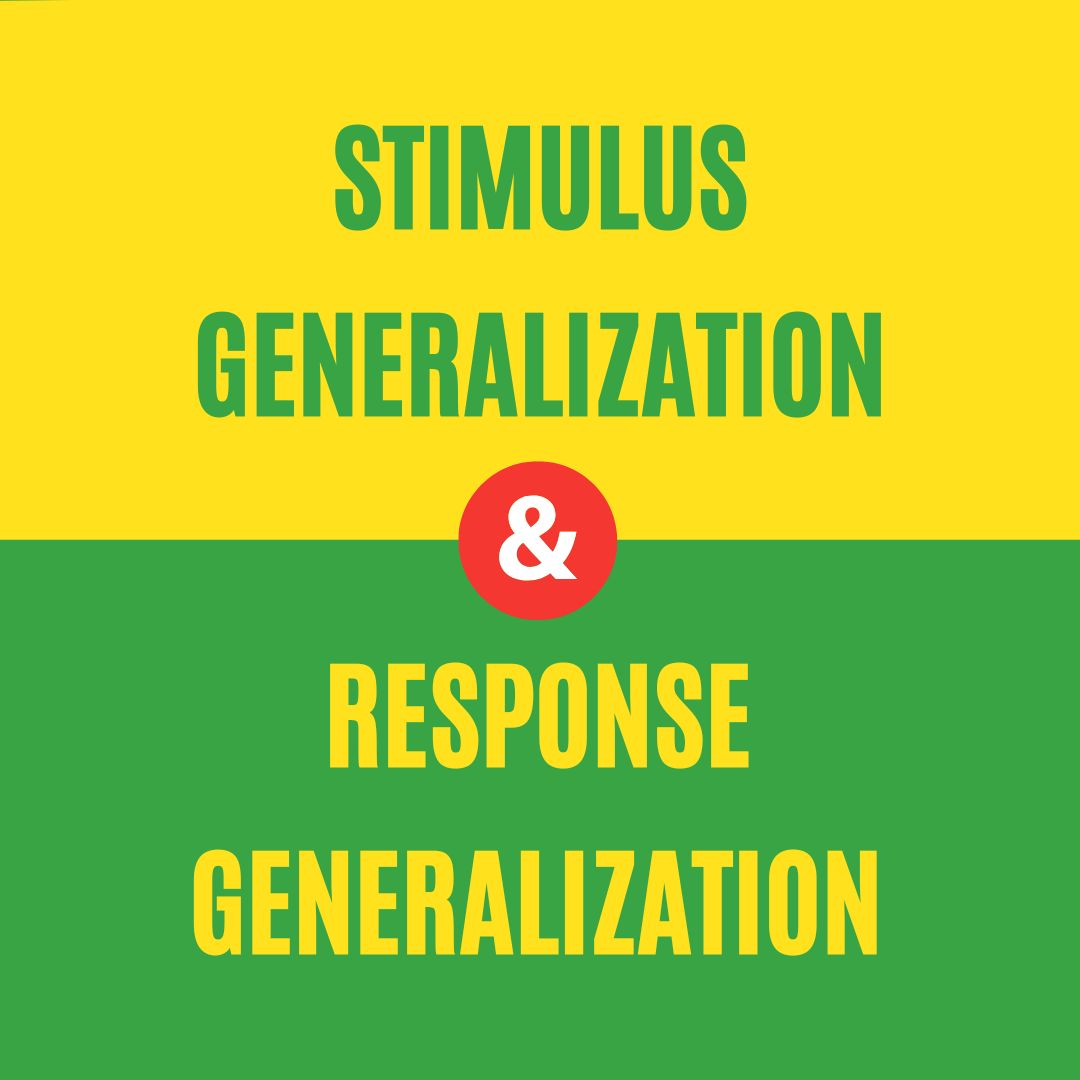If you are passionate about becoming a registered behavior technician and are looking for a way to make that dream come true, your first big step towards that goal must be the RBT exam. The RBT exam is not the most complicated one in the world, but it does require a lot of hard work and time. To assist you in this regard, we have come up with this article which will help you in the best way possible.
Did you ever come across the words, Stimulus generalization and response generalization? Yeah, the expression drop on your face says a lot. These words are among the more confusing and difficult ones you’ll find. But guess what, with all the effort that has been put into this article, we can assure you that you’ll be able to understand and distinguish between these two terms easily.
Generalization

Before we get into the types of generalization, let’s first look at the definition of generalization. In short, generalization is the ability to learn a skill in one particular situation and to be able to apply it in a different case without the need for any specific teaching. Generalization has an exceptional and integral place in behavior analysis treatment, so understanding it is a must. Now that we are done with the basic definition of generalization let’s start with the different types of generalization.
“If generalization did not occur, each response would have to be learned in every specific situation” – Vaughn, Bos, & Lunc, 1986
Stimulus Generalization

You can say that stimulus generalization occurs if a person can demonstrate the learned skill in different and new circumstances. Another thing that you have to note is that this type of response happens in a situation with various stimuli. Being able to recognize whether something is a stimulus generalization can turn out to be pretty complicated and confusing sometimes. But, there’s an easy way to help you identify a stimulus generalization.
While taking your RBT exam, if you ever find yourself in a situation where you cannot decide whether it is stimulus generalization, start by looking at the stimuli. If you see a plural number of incentives, it is a stimulus generalization. For example, if you know the word dog, the term can be applied to different breeds and colors of dogs. If the same action occurs in the presence of other stimuli, it is a stimulus generalization.
Response Generalization
 Response generalization occurs when an untrained response has been given in the presence of one stimulus. Here, the incapable response has the same meaning or function as the trained one. Response generalization is when different similar answers are given in response to the same question. To understand response generalization better, let us take a simple example.
Response generalization occurs when an untrained response has been given in the presence of one stimulus. Here, the incapable response has the same meaning or function as the trained one. Response generalization is when different similar answers are given in response to the same question. To understand response generalization better, let us take a simple example.
For instance, let us imagine that you are teaching your kid how to greet people. You may tell them they are supposed to say hi as a greeting. But, in actual application, if you find your kid saying hello or what’s up, this is a situation of response generalization. In response to generalization, there is only one stimulus.
Conclusion
Stimulus generalization and response generalization are two critical topics that come under generalization. You’ll see great questions related to this topic in your RBT exam. Let’s do a quick revision of the two issues, stimulus generalization is when there is one action in the presence of multiple stimuli, and response generalization is when there are different actions for one stimulation. That’s all we’ve got in this article, and we hope you’ve found it informative.
References:
https://study.com/learn/lesson/stimulus-generalization.html by Travis Hartin
https://www.pnas.org/doi/10.1073/pnas.1715227115 by Joseph E. Dunsmoor, Alexa Tompary, Lindsay E. Hunter, Alexander Todorov, and Elizabeth A. Phelps
https://rrdsb.ss14.sharpschool.com/UserFiles/Servers/Server_73620/File/Our%20Board/Departments/Special%20Education%20Services/ABA%20Generalization%20Newsletter.pdf by Rainy River District School Board
https://elifesciences.org/articles/34779 by Agnes Norbury, Trevor W Robbins, Ben Seymour


